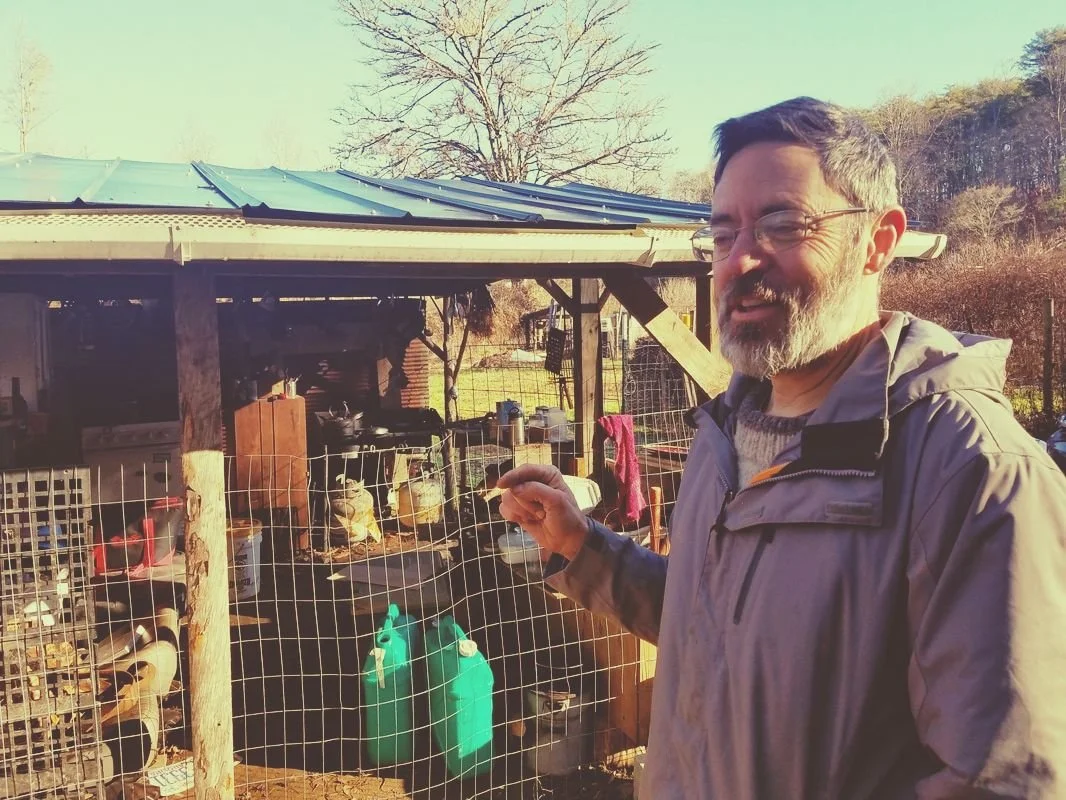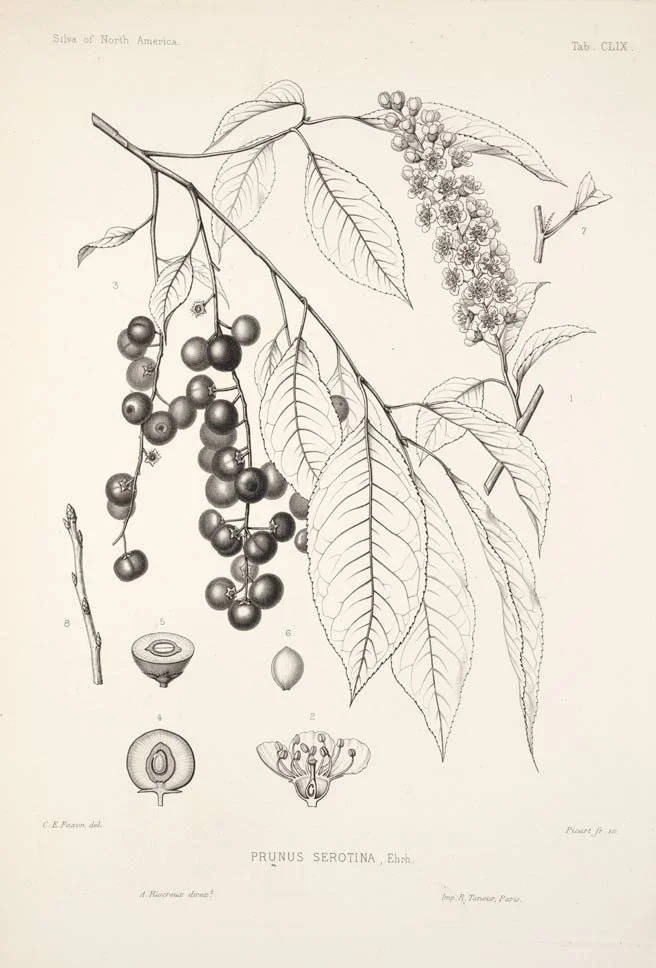Please be patient as I transfer my old posts to this new website…
Blog
The Folkloric Uses of Wood: Part IV: Black Walnut
The Folkloric Uses of Wood III: Black Walnut
The Blasting Rod and the Oaken Log: The Folkloric Uses of Wood
The first of the 10 part series: The Folkloric Uses of Wood, featuring the Ash Tree…
A Prickly Pair of Pants: Nettles and their Surprising Fiber Uses
The magical history of the stinging and wood nettles.
The Real Queen of Winter: Witch Hazel the "Virgula divina".
The historical and magical uses of Witch Hazel…
Autumnal Equinox: The Death of the King
The Autumn Equinox is rife with strange lore about the Death of Kings...

















